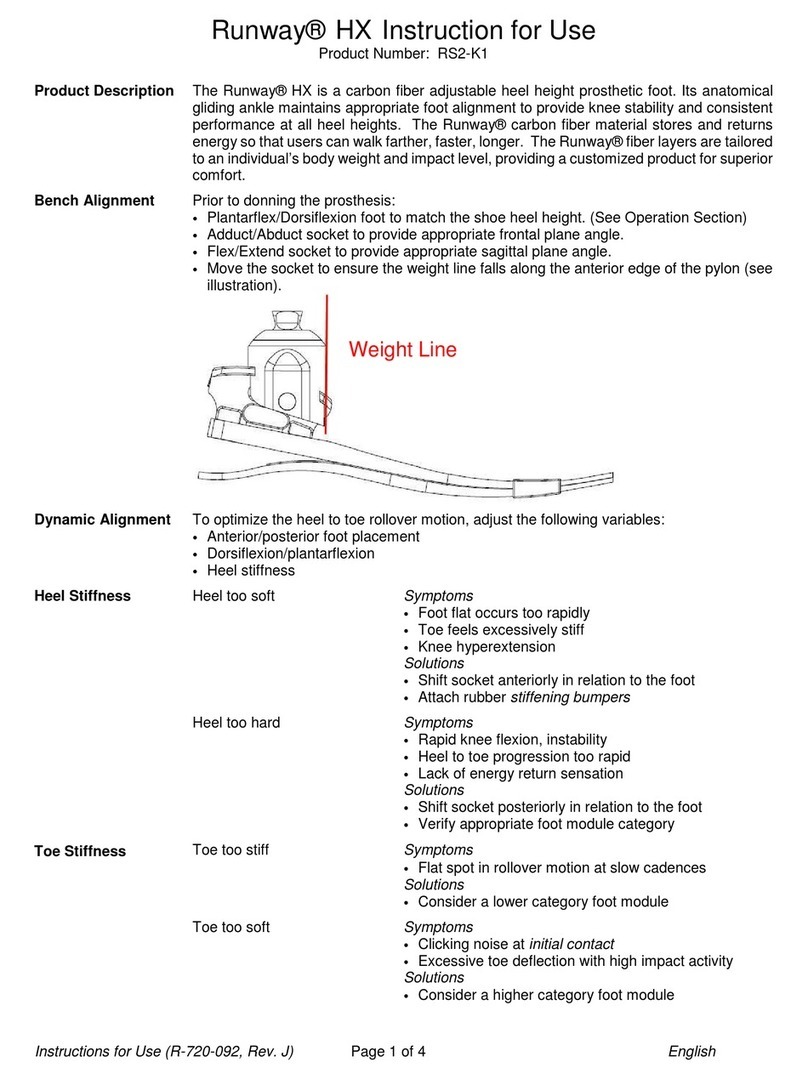Final Report № AIFN/0010/2018, issued on 10 January 2022 vii
Synopsis
On 18 September 2018, an Air Arabia Airbus A320 Aircraft, registration A6-ANV,
operating scheduled passenger flight ABY111, departed the gate at Sharjah International Airport
(OMSJ), the United Arab Emirates, to Salalah International Airport (OOSA), Sultanate of Oman.
The flight had 48 persons onboard, consisting of two flight crewmembers, four cabin
crewmembers, and 42 passengers. After obtaining air traffic control clearance for takeoff, the
Aircraft took off from runway 12 instead of runway 30.
The Copilot, under training, was the pilot flying (PF) and occupied the right cockpit seat.
The Commander on the flight was a training captain and occupied the left seat.
As part of the Copilot’s training, the Commander had briefed that a rolling takeoff would
be conducted. The responsibility for engine start was the Commander’s. The Copilot taxied the
Aircraft whereas the Commander was on the radio communications.
Tower air traffic control gave clearance for an intersection takeoff from taxiway Bravo 14
for runway 30, which required a left turn for the correct runway. Thereafter, the before takeoff
checklist ‘below the line’items were completed by the flight crew.
Instead of steering the Aircraft left following runway 30 lead-on lines from Bravo 14
intersection, the Copilot steered the Aircraft right for runway 12. The Copilot called out that RWY
was not showing on the flight mode annunciation (FMA) after the thrust levers were moved to the
FLX/MCT detent. As the Aircraft accelerated through 57 knots, the Commander realized that the
Aircraft was on the wrong runway and immediately took over control. His decision to continue the
takeoff was based on his perception that there was insufficient available runway for rejecting the
takeoff. The Commander advanced the thrust levers to TOGA detent and nine seconds after,
changed the Aircraft flap setting from 1+F to flap 2 position. The Aircraft lifted off 20 to 40 meters
beyond the end of runway 12. No. 3 main wheel tire received cuts when it struck one approach
light during the liftoff.
Tower controller did not detect that the Aircraft had turned unto runway 12 and only
noticed when the Aircraft was about eight seconds before liftoff.
The Commander handed over controls to the Copilot and the flight continued
uneventfully to the planned destination.
Safety recommendations in this Report are addressed to the Operator and the air
navigation service provider who developed safety actions for risk mitigation.




























